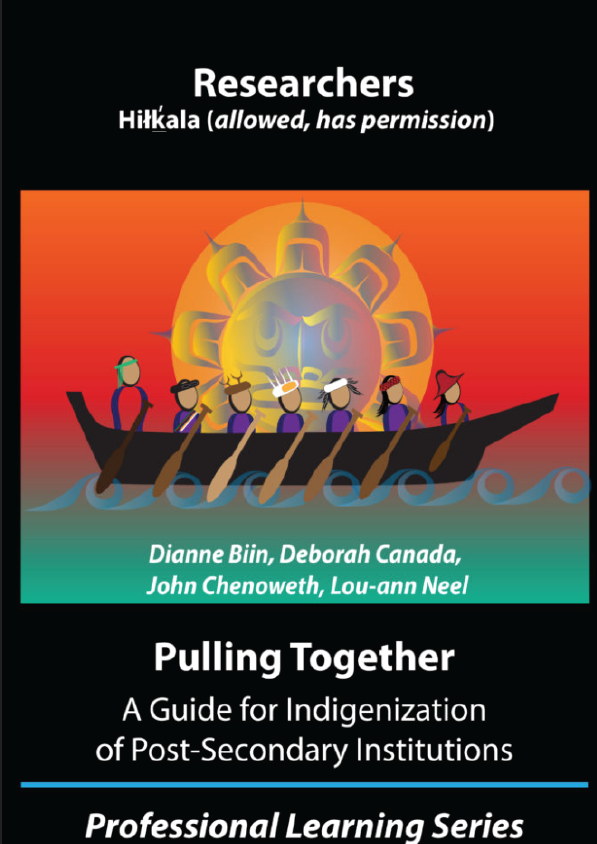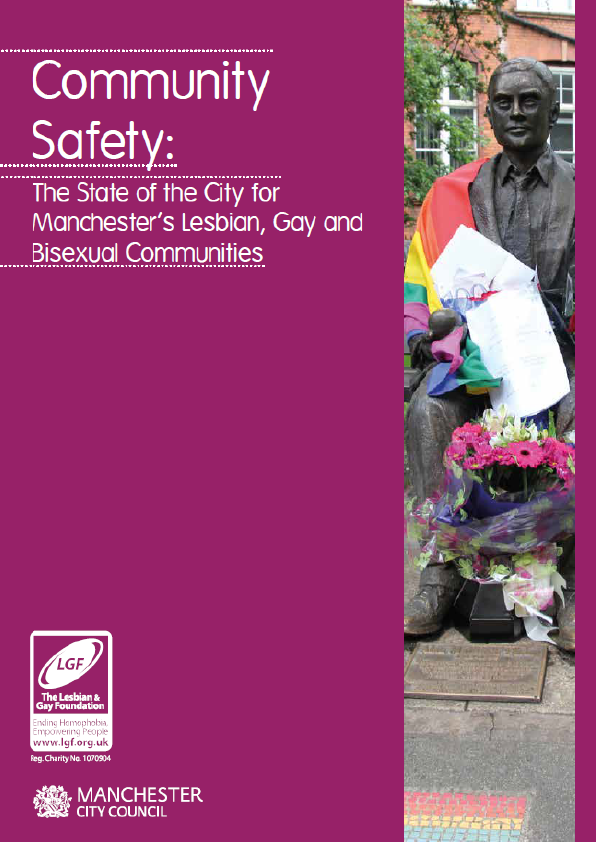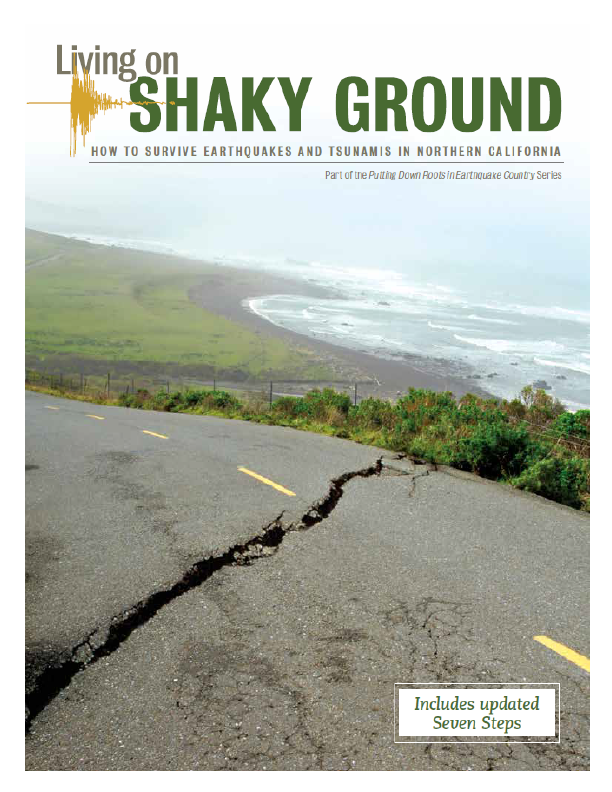A Guide for Researchers is intended for the following audiences and learners:
- Indigenous researchers who work within post-secondary and Indigenous communities
- Non-Indigenous researchers who work with Indigenous communities and participants
- Post-secondary research departments, teaching faculty, and those who work in community partnership roles that involve the development and sharing of knowledge and research
Each researcher approaches research with a different way of knowing, being, and doing. There is no one way of conducting Indigenized research, because it is based on place, relationships, and shared values.
To create a trusting relationship with Indigenous communities, researchers need to acknowledge the importance of using Indigenous language to build shared meaning. Gregory Cajete (2000), a Tewa scholar, stresses the importance of language to Indigenous Peoples: “Indigenous people are people of place, and the nature of place is embedded in their language” (p. 74). In British Columbia, there are 34 languages spoken across the province, as well as Michif and Chinook Jargon. This number does not include the many dialects of each language and language family, which are increasing as First Nations communities are reclaiming and revitalizing their language.
Almost all Indigenous languages have similar words or phrases that are used for proper introductions. Depending on the situation and context, introductions can either follow a formal protocol or be an everyday or common greeting. As we go through this resource together, let us begin by setting a context and building a dialogue. Gilakas’la is a Kwaḱwala phrase that translates in several ways depending on the context in which it is spoken. It can be a welcome or greeting, a form of engagement, or to give thanks, because it translates to “Come, breathe of the same air.” Inherent in understanding the meaning of Gilakas’la is knowing that we are coming together for some purpose. We tell each other our names, where we are from, and our family and ancestral lineage. After we announce our intentions and where we come from, we can then enter into a discussion to clarify the purpose we wish to embark upon together. In this same way, we see this guide as a form of introducing ourselves. Gilakas’la.
This section provides a brief background on ways research is evolving in Canada to be inclusive of, and responsible to, Indigenous voice, knowledge, and people. You will also see how recent institutional change processes are shaping how post-secondary institutions can support and lead changes in research processes.
Indigenous cultures, knowledge systems, and worldviews grew out of relationships with the land, from observation of cycles and patterns on the land, in the skies, and on the water to learning the behaviour of animals and recognizing how humans interact and build experiences. Observation and experimentation enabled a set of principles and practices that manifest as stories, laws, protocols, and approved practices, which provide a way to coexist in holistic and sustainable ways. As Gregory Cajete, a Tewa scholar, stated at a 2015 Banff Centre event, “The focus of native science … [is] finding ways to resonate with the natural world and the natural order.” These processes exist today in spite of contact and colonial legacies.
As a country, we have much to learn from Indigenous Peoples. However, the colonial mindset has viewed Indigenous Peoples as “the other,” as almost-humans with knowledge and physical resources to be extracted and used to build a new world. This mindset allowed settler researchers to research Indigenous Peoples without recognition of responsibility, conditions imposed on Indigenous Peoples by colonization. The marginalization of Canada’s Indigenous population was systematic and deliberate, resulting in catastrophic health conditions for people living on reserves across Canada (Daschuk, 2013). Poor health conditions, systemic assimilation, and general racism gave rise to new policies to remove Indigenous children from reserves for their education in residential schools. The poor health conditions on reserves coupled with poor educational experiences in the residential school system led to “new ‘unnatural’ pathologies, such as AIDS, diabetes, and suicide emerging under physical and social constraints experienced by Aboriginal communities today” (Daschuk, 2013, p. 186).











